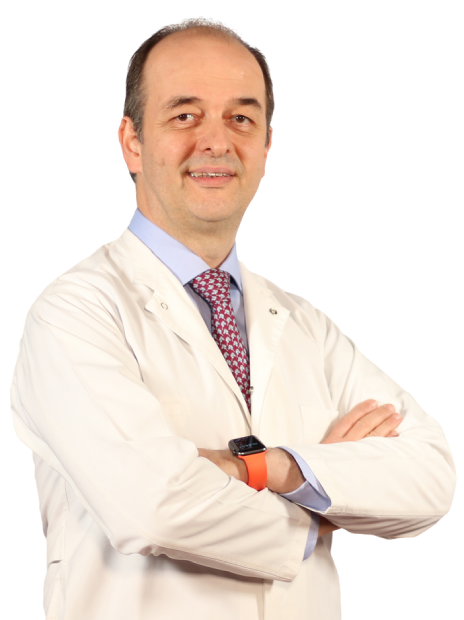Although heart rhythm disorders are more common in the elderly, it is a heart condition that can occur at any age. This disease may have no vital risks, or lead to sudden death. Liv HOSPİTAL Cardiologist Prof. Dr. Enis Oguz explained what should be done to protect the rhythm of our heart.
What are the causes of cardiac arrhythmia?
Electrical stimulation is required for heart muscle to contract. The right atrium of the heart has cells that regularly outputs electrical stimuli. This electrical stimulus must spread all over the heart. The heart has lines consisted of sequentially located cells that the electricity flows through, as in an electrical grid. And the cardiac muscle responds to this electrical stimulus. Any abnormality in these structures results in the disruption of heart rhythm.
Arrhythmia exhibits itself in the form acceleration (tachycardia), irregular beat (premature beat) or decelaration (bradycardia).
What are the symptoms?
The most common symptom is the feeling of palpitation. Patients describe this feeling with statements like “My heart is like fluttering like a bird”, “As if my heart will dart out of my chest”, “My heart beats are visible from outside”, “I feel my heart beating in my mouth”. The palpitation usually starts suddenly and sometimes lasts for seconds, sometimes minutes and even hours, then stops. Other symptoms may include dizziness and fainting. Arrhythmia-related faints often indicate life-threatening types of arrhythmias.
Which age range is affected?
Arrhythmia can be seen in any age group. Arrhythmias are more common in older ages and are associated with other heart diseases. Taking all age groups into account, 2% of the general population and 10% of the population over 80 years of age is known to have atrial fibrillation (atrium-related arrhythmia of the heart). These numbers show the importance of cardiac arrhythmias for public health.
What tests are used for arrhythmia?
The most important method used for the diagnosis of arrhythmias is ECG, the recording of the electrical activity of the heart. However, in order for ECG to have diagnostic value, electrical activity must be recorded at the moment of arrhythmia. For example, if a patient suffers from an arrhythmia episode and goes to the nearest health institute while the tachycardia is ongoing to receive ECG, the type of the arrhythmia can be determined. However, some arrhythmias are short; therefore they cannot be recorded. For such cases, there are portable recording devices with the size of a cell phone, so patients can carry it with them. The purpose is to allow the patient to record their arrhythmia at the time it occurs.
3 years of cardiac rhythm recording
There are surgically placed subcutaneous recording devices, and they are used to record rare arrhythmias. This technique allows continuous arrhythmia record for 3 years. If these methods fail to identify the arrhythmia, then electrophysiological study, an interventional method, can be used. Some cases require diagnostic methods like echocardiography, cardiac MRI, coronary angiography. In addition, a special test is performed to identify the cause of fainting, called vasovagal syncope. In this disease, reflexive declaration of the heart rhythm and even temporary halt can occur. Differential diagnosis can be made with this simple method for many patients who are confused with epilepsy and who are under examination for diagnosis in neurology clinics.
Are patients with arrhythmia required to use specific diet?
Nutrition is important for patients with arrhythmia. Some substances posses stimulating properties for the electrical system of the heart. These may trigger arrhythmia. Effects of tea, coffee and smoking can be given as examples. In addition, many drug can also cause arrhythmia. Sometimes, heart and blood pressure drugs can cause bradycardia (deceleration). For example, drugs used for eye pressure can include substances that slows down the heart rate. Sometimes, a drug prescribed to treat an arrhythmia can cause another arrhythmia. General recommendations for cardiac health also apply for arrhythmia prevention. These include stress management, ideal body weight, regular exercise, nutrition without lard and trans fatty acid, reduced salt intake, quitting smoking, zero or reduced alcohol consumption.
* Contents of this page is for informational purposes only. Please consult your doctor for diagnosis and treatment. The content of this page does not include information on medicinal health care at Liv Hospital .
